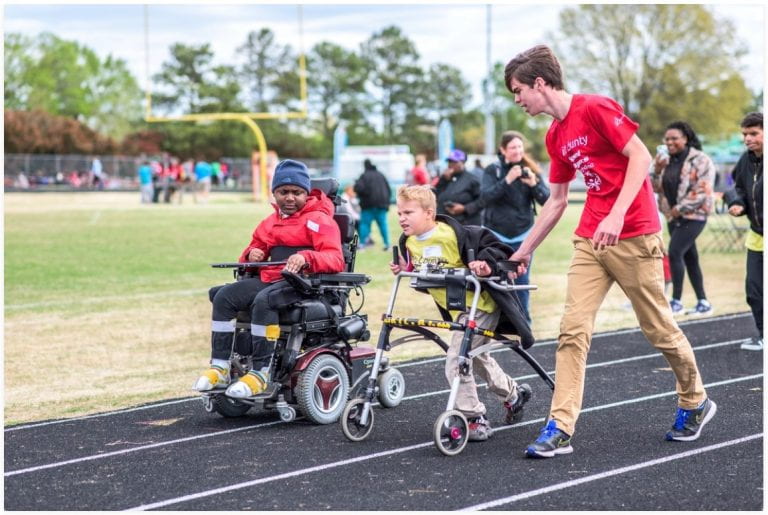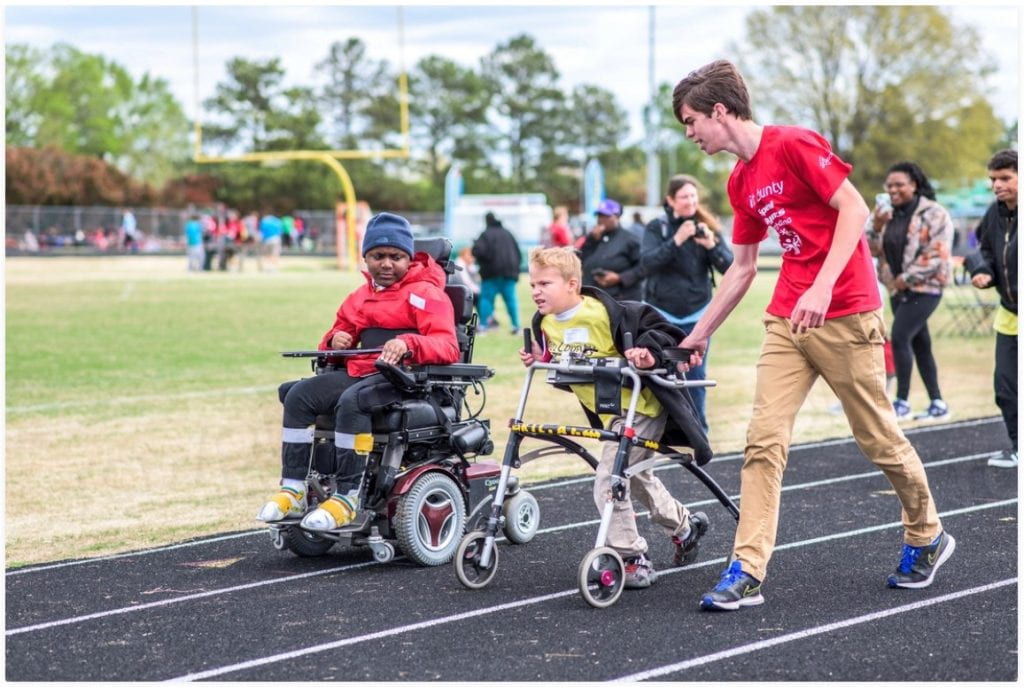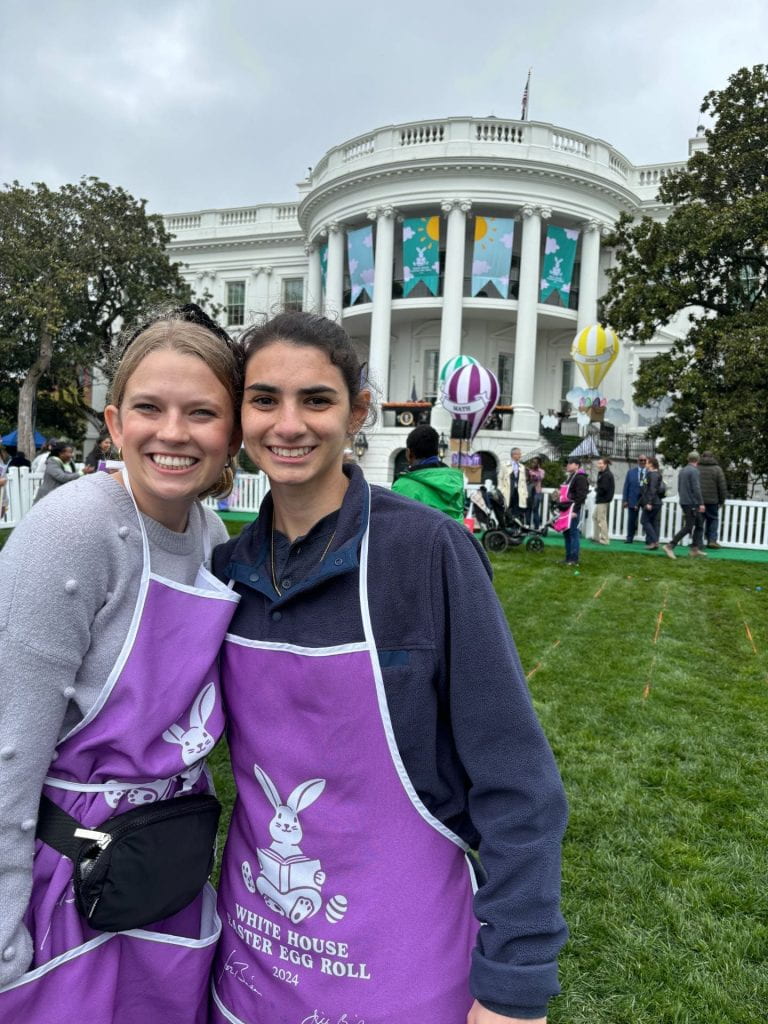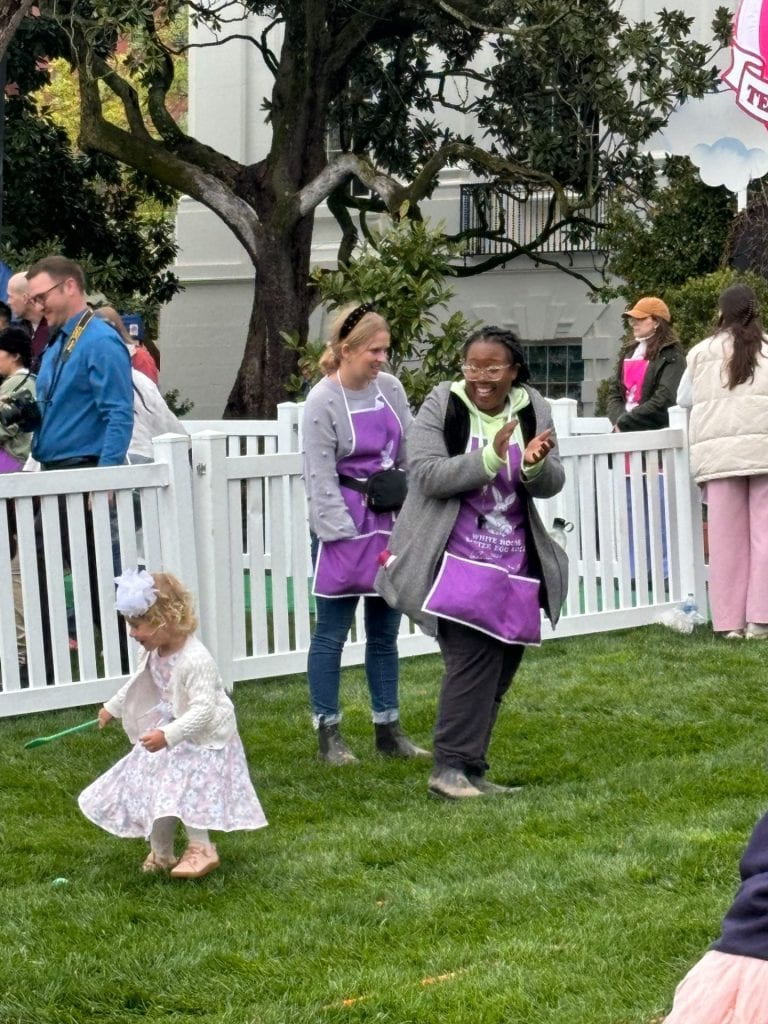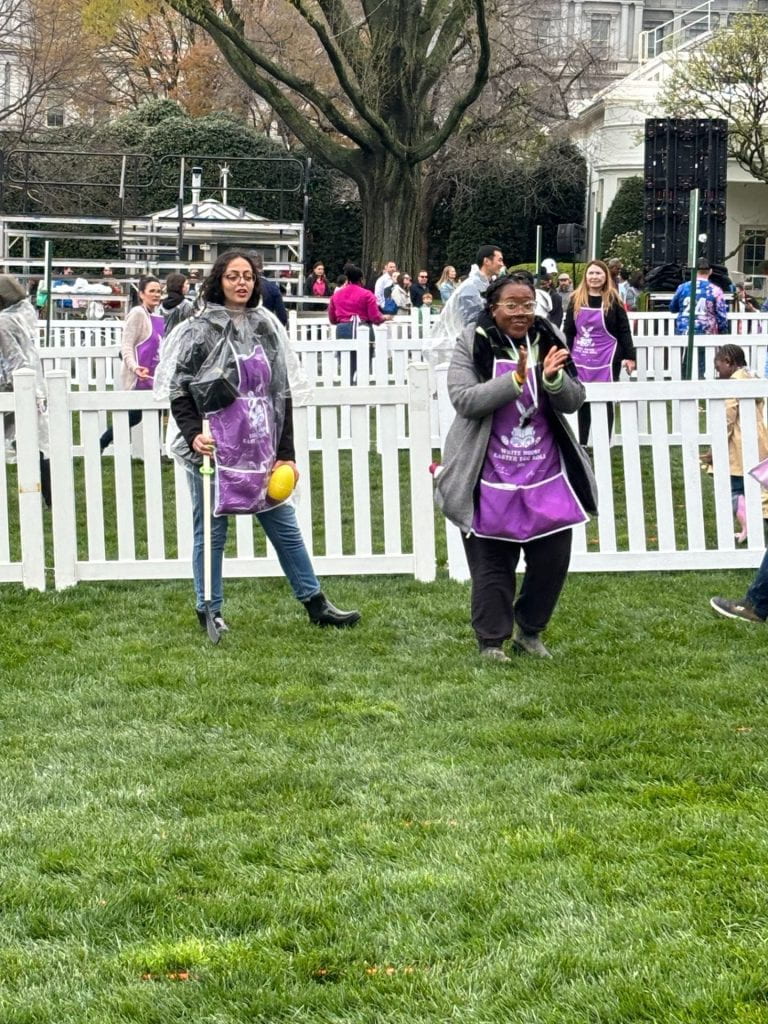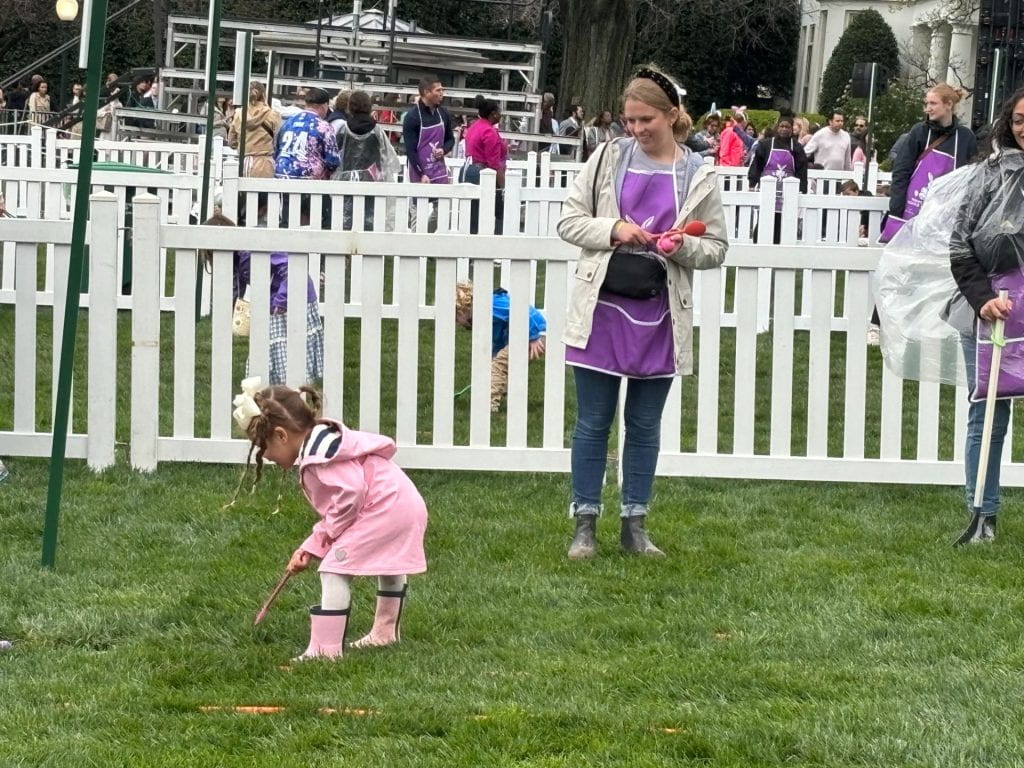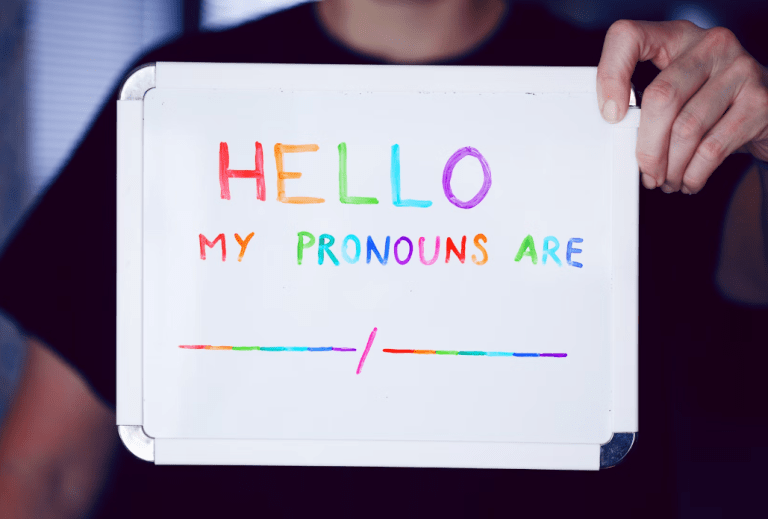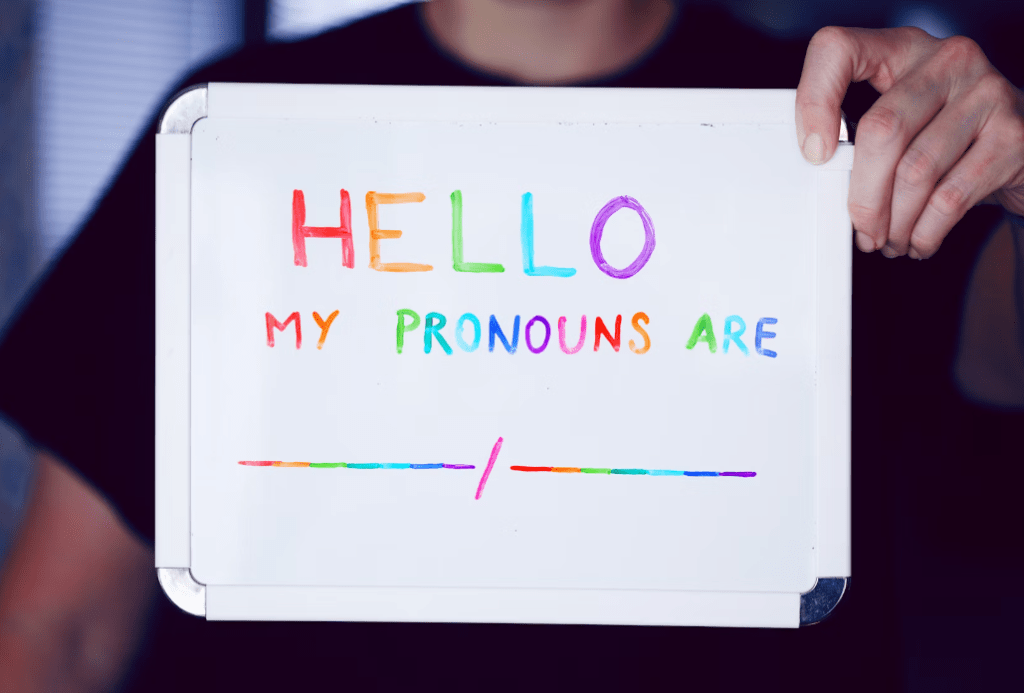
June 19th is Juneteenth, also known as “Black Independence Day,” “Freedom Day,” or “Emancipation Day.” Although President Abraham Lincoln issued the Emancipation Proclamation in 1863, enslaved people living in Confederate states, specifically Texas, would not learn of their freedom until two months after the Civil War ended in April of 1965. On June 19, 1865, Union General Gordon Granger and his soldiers arrived in Galveston, Texas, and informed the state’s residents that slavery had been abolished and that enslaved people were now free. Mary Elliot, Curator of American Slavery at the National Museum of African American History and Culture stated that “although there were enslavers who were aware of the implementation of the Emancipation Proclamation, it wasn’t until June 19th, 1865 that it was enforced with the Union Army” (Smithsonian Institution, n.d.).
While Juneteenth has long been a celebration of hope and freedom within the African American community, Juneteenth did not become a federally recognized holiday until 2021 when President Joe Biden signed the Juneteenth National Independence Day Act. If you’re interested in learning more about the history of Juneteenth, read our Understanding and Honoring Juneteenth post from last year.
Juneteenth and the Health Sciences
So how is Juneteenth related to medicine, the health sciences, and public health? In many ways, Juneteenth is more relevant than ever considering the focus in recent years on confronting health inequities and the structural racism that is at the root of those health inequities. In 2020, The American Medical Association (AMA) declared that racism threatens public health and created a strategic plan to advance health equity. The 2020 statement recognizes that “when race is described as a risk factor, it is more likely to be a proxy for influences including structural racism than a proxy for genetics” (O’Reilly, 2020). Race has long been considered a risk factor for many conditions and “is present in numerous clinical guidelines and algorithms” and “can impact medical decision-making that potentially worsens health disparities” (The Oregon Clinic, 2021).
Juneteenth has many lessons that medical, nursing, and public health professionals and students can apply to further the cause of health equity and provide high-quality care to patients. Practicing critical reflection, “the process of identifying, questioning, and assessing deep-seated assumptions upon which our beliefs are built” can help us “better recognize and arrest our biases that can manifest in our interpersonal encounters with patients, colleagues, and trainees” (Opara, et al., 2021). Participating in “transformational conversations” can help “raise the consciousness within the spaces we occupy” and bring important issues to light so they can be addressed (Opara, et al., 2021).
Further Reading
Educating yourself on racial health disparities is always a great first step. Here are titles from our Diversity and Disparities in Health Care Collection that may be of interest:
- Medicine, Science, and Making Race in Civil War America by Leslie A. Schwalm
- Masters of Health: Racial Science and Slavery in U.S. Medical Schools by Christopher D.E. Willoughby
- Mental Health, Racism, and Contemporary Challenges of Being Black in America by Donna M. Norris and Annelle Primm
- Legacy: A Black Physician Reckons with Racism in Medicine by Uche’ Blackstock
- Cases on Diversity, Equity, and Inclusion for the Health Professions Educator by Chasity O’Malley, Arkene Levy Johnston, Amanda Chase, and Samiksha Prasad
- Essentials of Health Justice: Law, Policy, and Structural Change by Elizabeth Tobin Tyler and Joel Bern Teitelbaum
- Under the Skin: Racism, Inequality, and the Health of a Nation by Linda Villarosa
- Racism: Science and Tools for the Public Health Professional by Chandra L. Ford, Derek M. Griffith, Marino A. Bruce, and Keon L. Gilbert
References:
Smithsonian Institution. (n.d.). What is Juneteenth? National Museum of African American History and Culture. https://nmaahc.si.edu/explore/stories/what-juneteenth
Opara, I.N., Lewis, C., Kasozi, R.N., Givens, R. (2021). Lessons from 1865: What clinicians can learn from Juneteenth. Passion in the Medical Profession. https://closler.org/passion-in-the-medical-profession/lessons-from-1865-what-clinicians-can-learn-from-juneteenth
O’Reilly, K.B. (November 16, 2020). AMA: Racism is a threat to public health. American Medical Association website. https://www.ama-assn.org/delivering-care/health-equity/ama-racism-threat-public-health
The Oregon Clinic. (June 18, 2021). Juneteenth and healthcare. The Oregon Clinic Newsroom. https://www.oregonclinic.com/newsroom/juneteenth-and-healthcare/













